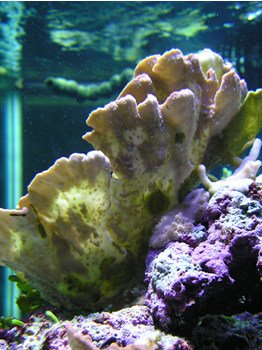Rebels23
New member
Ok thanks Eric! Sorry for being a knuckle head on this. I think I wasn't clear before.
When I say 'darker' I guess what I was thinking of was what I refer to as the coral "browning out". Brighter or Deeper colors I guess the way you are describing, I would have no problem with.
i.e. My green monti Cap is now a deeper green or a brighter green, but not brown.
I am afraid if I under skim, my corals will brown out because of excess nutrients. I am not sure what the effects of over skimming would be, brighter, deeper, brown colors??
Ok, I relaized I just sounded like a babbling idiot. lol
Rebels23
When I say 'darker' I guess what I was thinking of was what I refer to as the coral "browning out". Brighter or Deeper colors I guess the way you are describing, I would have no problem with.
i.e. My green monti Cap is now a deeper green or a brighter green, but not brown.
I am afraid if I under skim, my corals will brown out because of excess nutrients. I am not sure what the effects of over skimming would be, brighter, deeper, brown colors??
Ok, I relaized I just sounded like a babbling idiot. lol
Rebels23

